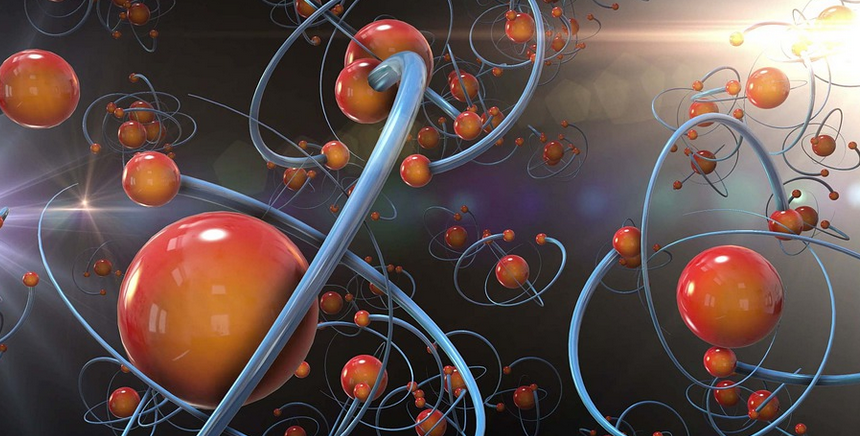Introduction
When it comes to performing calculations in chemistry, we must consider the number of significant figures in our answers. In this article, we will focus on multiplication and division and how to handle significant figures in these operations.
What are Significant Figures?
Significant figures are the digits in a number that carry meaning in terms of the precision of the measurement. For example, the number 23.45 has four significant figures because each digit after the decimal point represents a level of precision.
Multiplication and Division
When multiplying or dividing numbers with significant figures, the answer must be rounded to the same number of significant figures as the least precise measurement. For example, if we have to multiply 2.3 cm by 4.56 cm, the answer would be 10.488 cm^2. However, since the least precise measurement only has two significant figures (2.3 cm), we must round our answer to two significant figures, giving us 10 cm^2. Similarly, when dividing 4.56 g by 2.3 cm^3, the answer would be 1.9826 g/cm^3. However, since the least precise measurement only has two significant figures (2.3 cm^3), we must round our answer to two significant figures, giving us 2.0 g/cm^3.
When to Use Scientific Notation
In some cases, the number of significant figures in our answer may be too large or too small. In these situations, we can use scientific notation to express our answer in a more manageable form. For example, if we have to multiply 0.00023 g by 0.000456 cm, we would get an answer of 0.00000010488 g*cm. This answer has too many significant figures, so we can express it in scientific notation as 1.0488 x 10^-7 g*cm.
Conclusion
In conclusion, significant figures play a crucial role in chemistry calculations, especially in multiplication and division. Remember to round your answers to the same number of significant figures as the least precise measurement, and use scientific notation when necessary. By following these guidelines, you can ensure the accuracy and precision of your calculations.

